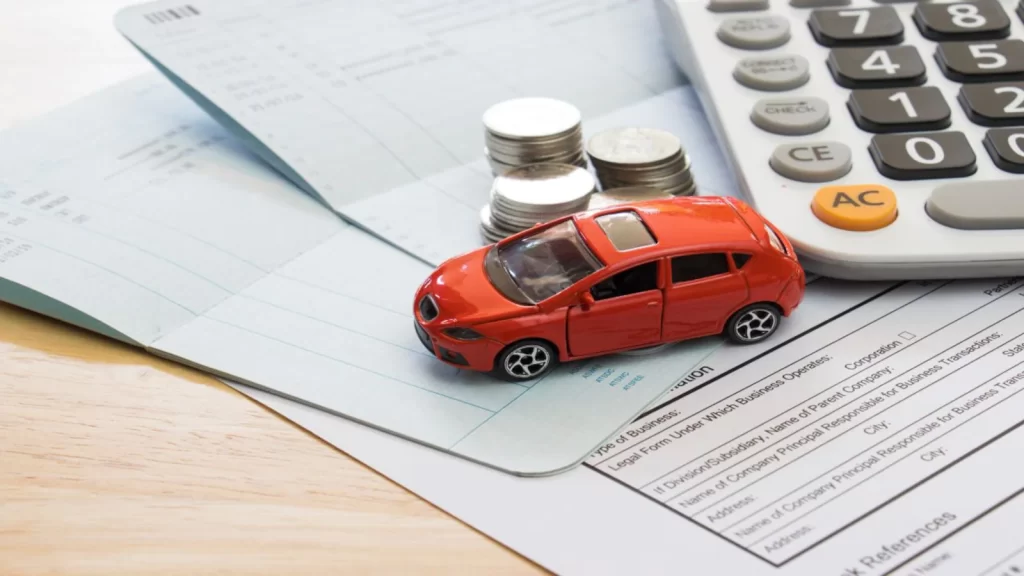What’s in an Auto Insurance Policy?

An auto insurance policy is a legal contract and starts with a Declarations Page which details important information like your policy number, coverage limits and description of vehicles insured.
Your auto policy provides protection for everyone listed, from family members and anyone authorized to drive your car with permission, including non-family drivers who you allow on the policy. A higher deductible can lower premium costs.
Liability coverage
Liability coverage pays for the other person’s medical costs and repair bills when you are found responsible for an accident, as well as damages caused by your vehicle to other people’s properties (known as property damage liability). Most states require you to carry liability coverage.
Understanding your policy’s coverage is crucial, so partnering with an agent, broker or insurer who can guide you through this process is often beneficial.
Private passenger automobiles encompass cars, station wagons, vans and other four-wheeled motor vehicles used for personal transportation – not motorcycles or commercial vehicles. Some policies also offer accidental death and dismemberment coverage that reimburses limited medical expenses to you or your passengers no matter who was at fault in an accident; there may also be an annual deductible amount which must be met before insurance companies start paying claims.
Collision coverage
Collision coverage, or full-coverage insurance, covers repairs or replacement for your car after it is involved in an accident with another vehicle or stationary object such as a tree. It typically forms part of a standard auto policy and often includes a deductible payment; this type of policy does not cover damage done to another driver’s car if found at fault; that would fall under their liability coverage instead.
Cost of collision coverage depends on both state and car value, so it’s wise to estimate your car’s value and compare it against its insurance premium before adding collision to your policy. Lenders typically require this form of protection until your loan has been paid off; comprehensive insurance can help cover theft, falling objects and animal impacts as well. These two forms of coverage work in harmony to keep you protected against an array of possible incidents.
Comprehensive coverage
Comprehensive car insurance provides protection from non-collision incidents like theft or weather events that don’t involve collision. Lenders typically require it, and it is also worth having in areas prone to crime or natural disasters like hurricanes and tornadoes.
Keep in mind that, unlike collision insurance, comprehensive coverage reimburses up to the actual cash value of your car after deducting any applicable deductible. If the total premium paid exceeds 10% of its value for both comprehensive and collision coverage policies combined, liability-only may be more appropriate.
Uninsured/underinsured motorist coverage
Uninsured/underinsured motorist coverage (UMC) provides costs-of-injury coverage when you or your family members are injured by drivers whose policies don’t fully cover their damages; in certain states this coverage is also known as no-fault or personal injury protection (PIP).
Addum coverage can cover bodily injury only; some policies may also cover property damage. Adding it can be relatively affordable; the best approach would be to set limits that at least match those of your liability policy.
Consider also how many drivers in your state are estimated to be driving without liability insurance and also take into account how long an average person drives before experiencing an accident – as higher numbers increase so too does your need for this form of protection.






